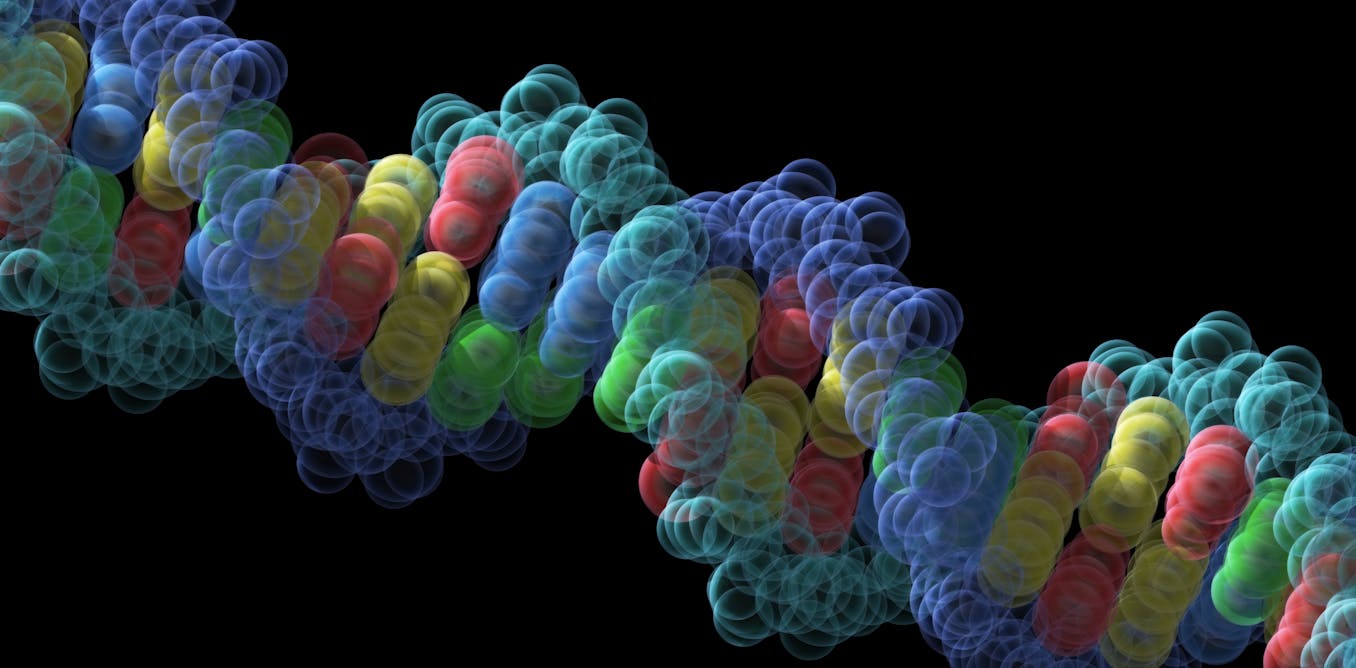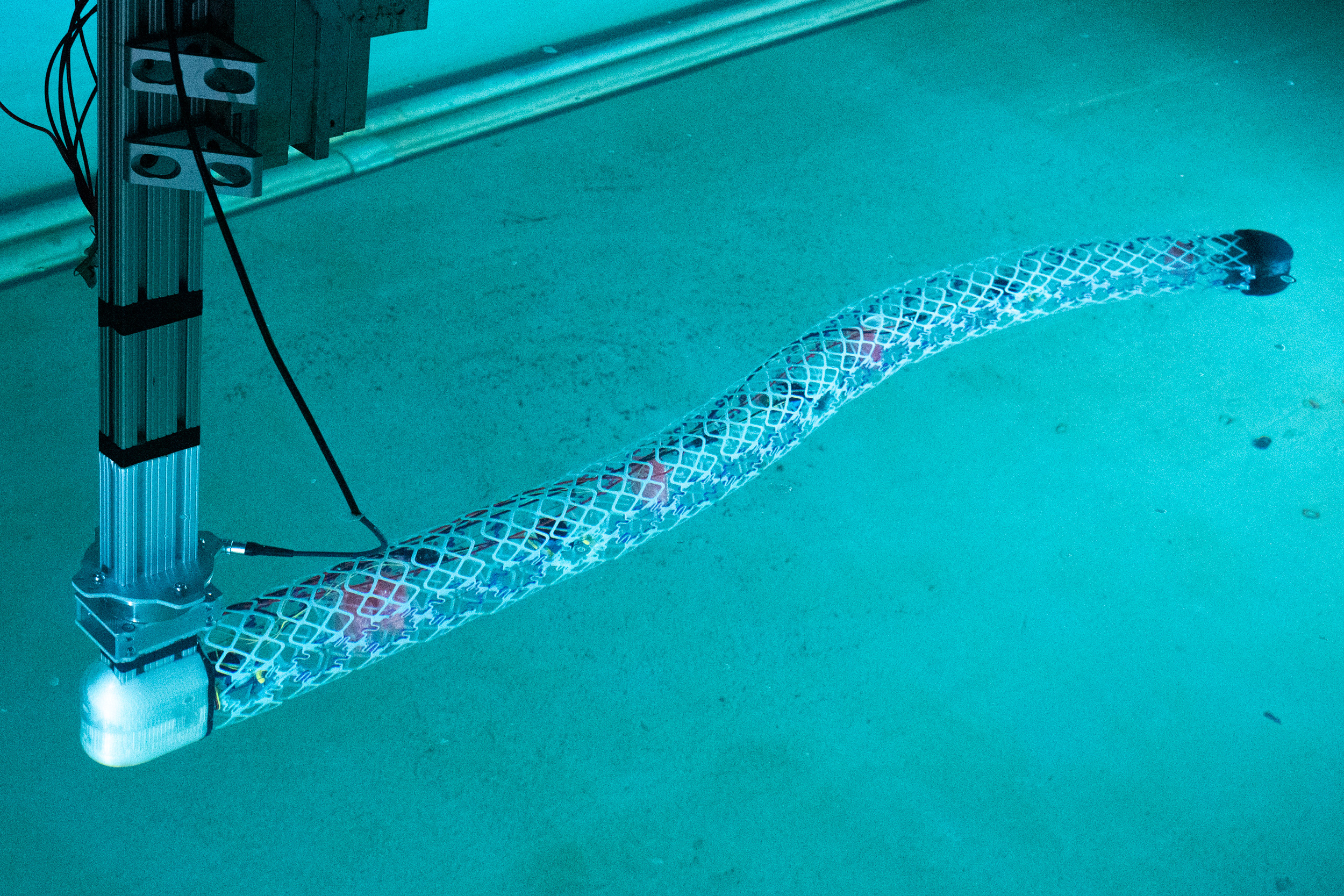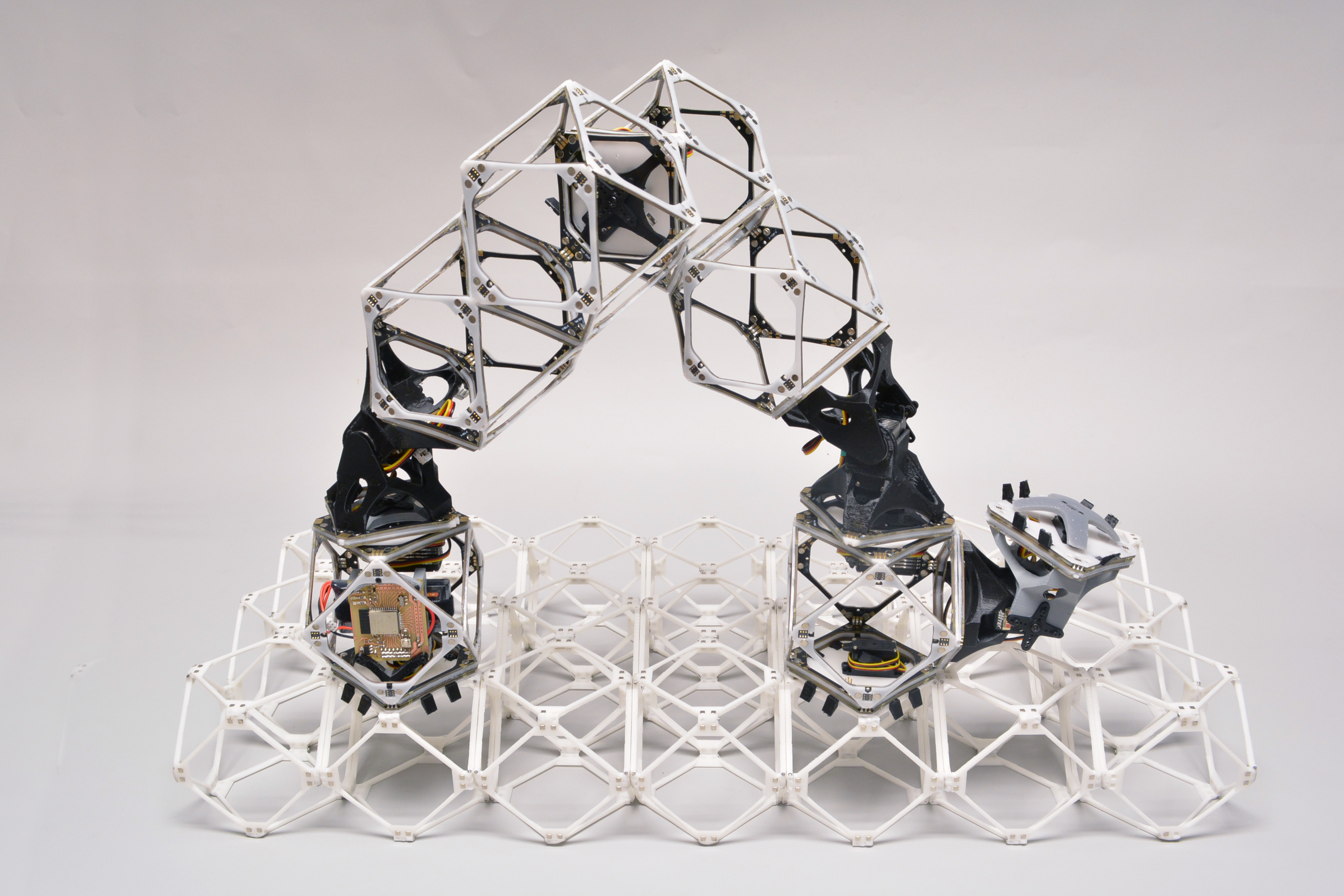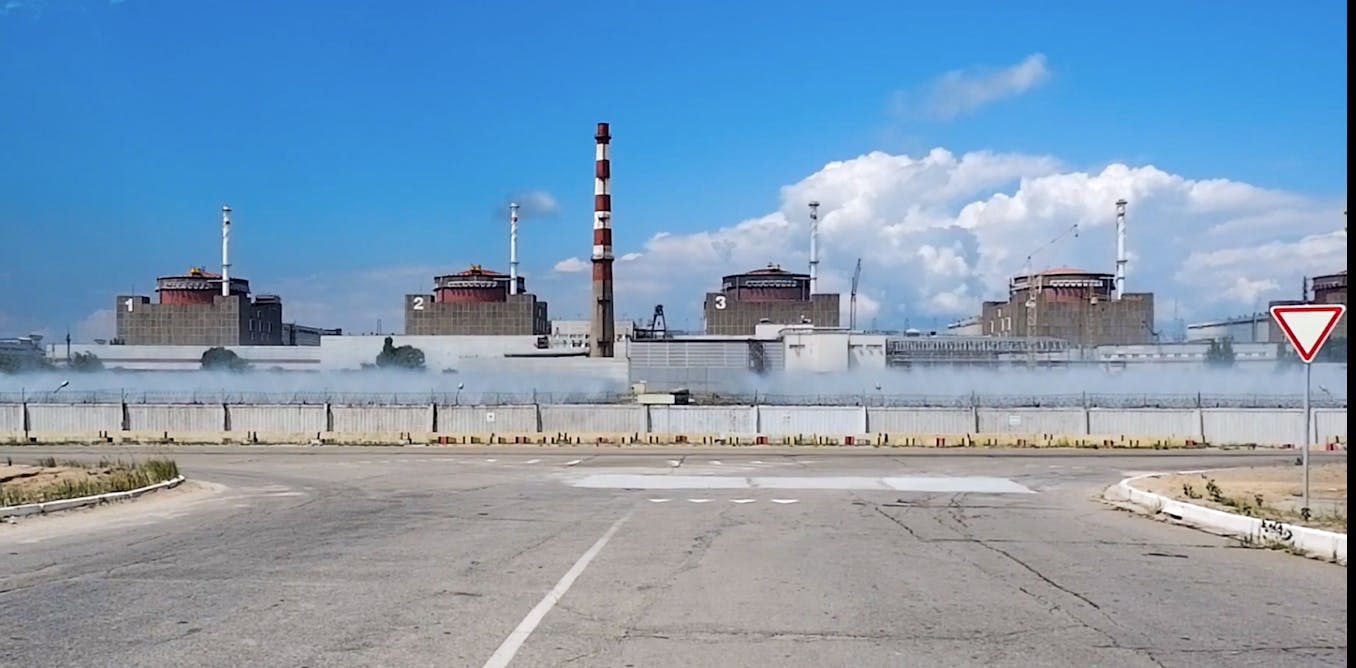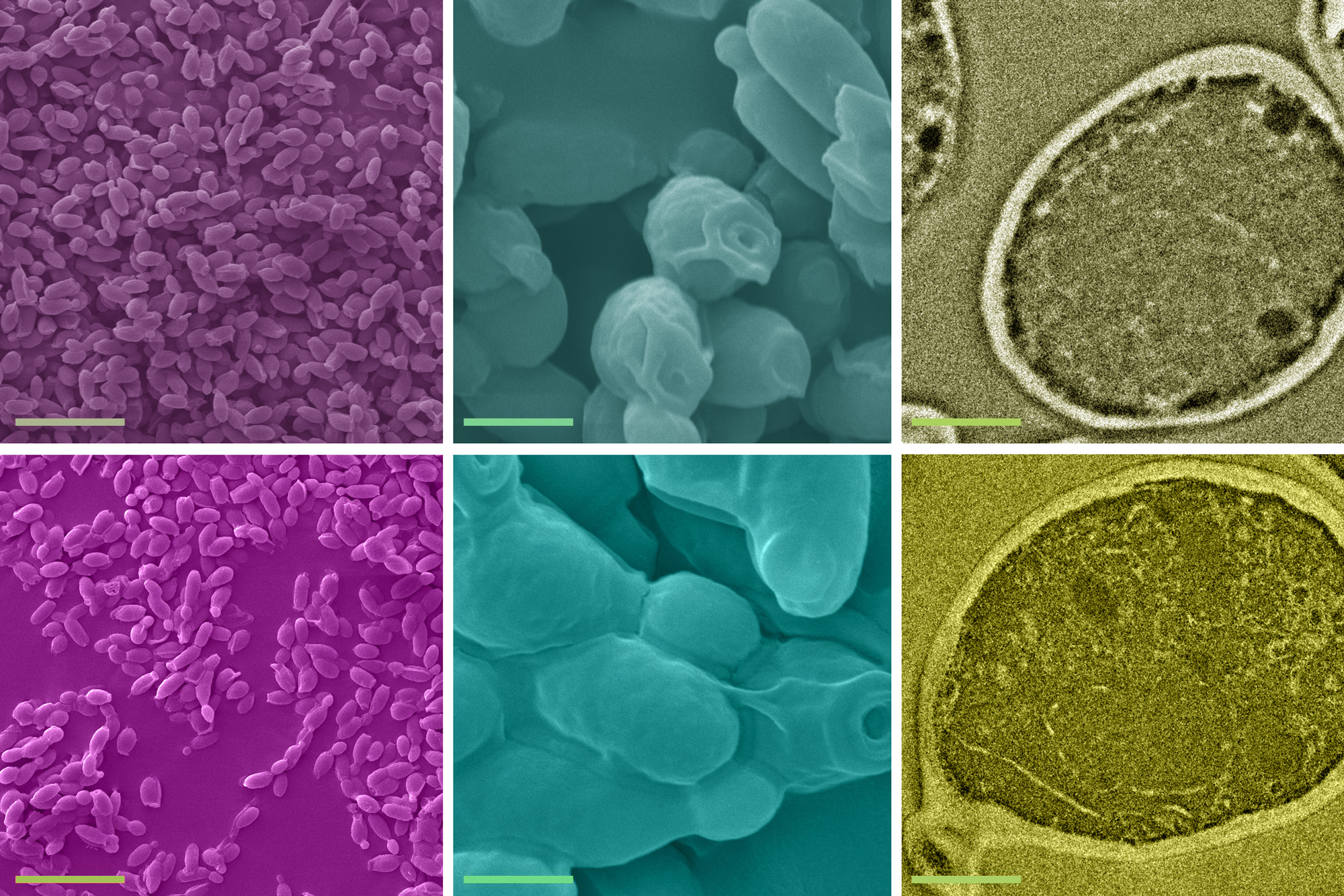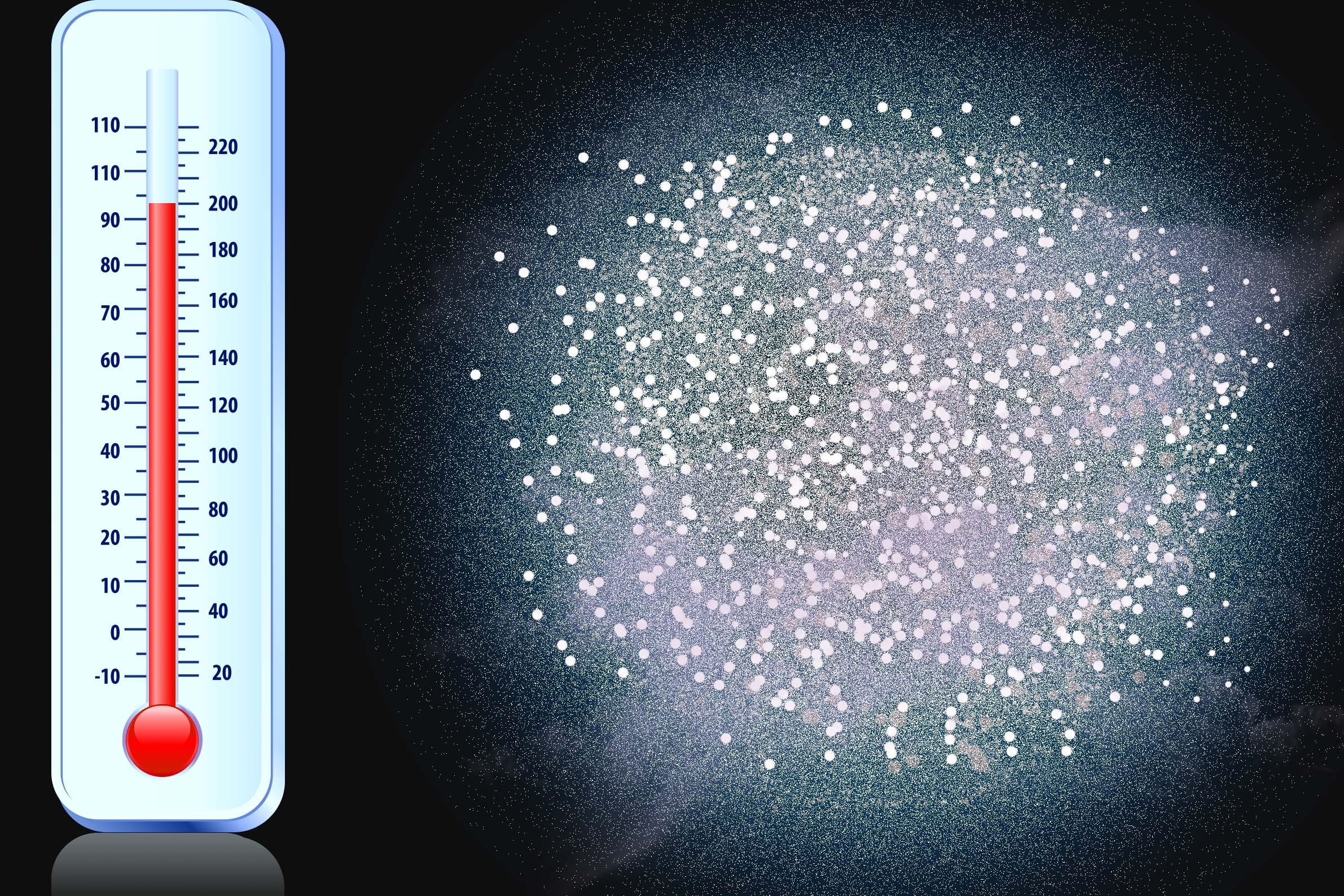Quantum physics proposes a new way to study biology – and the results could revolutionize our understanding of how life works
Studying the brief and tiny quantum effects that drive living systems could one day lead to new approaches to treatments and technologies.
May 15, 2023 • ~9 min

